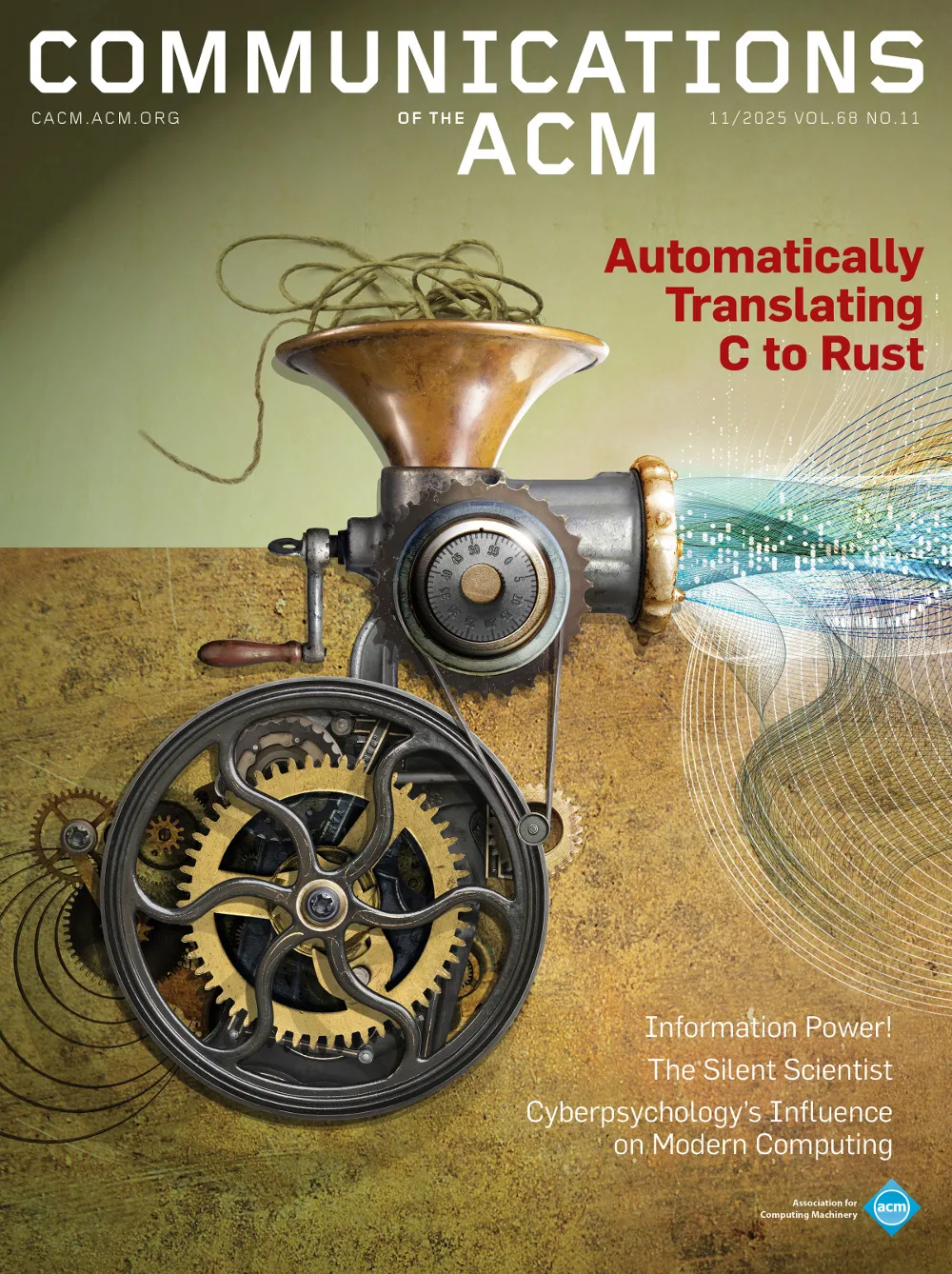January 1988 - Vol. 31 No. 1

Features
Parlog86 and the dining logicians
A classic problem in concurrent programming is that of the "dining philosophers" which challenges the power of any aspiring concurrent program language. Recently, a growing number of logic programming languages have been refined to handle concurrent programming, one in particular is Parlog86.
A view of the origins and development of Prolog
Dealing with failure is easy: Work hard to improve. Success is also easy to handle: You've solved the wrong problem. Work hard to improve.
The early years of logic programming
This firsthand recollection of those early days of logic programming traces the shared influences and inspirations that connected Edinburgh, Scotland, and Marseilles, France.
Central-processing-unit schedulers have traditionally allocated resources fairly among processes. By contrast, a fair Share scheduler allocates resources so that users get their fair machine share over a long period.
Anatomy of a compact user interface development tool
Many contemporary user oriented applications require a combination of attributes from both window and forms management systems. PANES was developed as a tool to fill this niche by providing a simple, yet flexible tool for both the moderately trained, as well as the more sophisticated programmer, while allowing the development of user friendly, modeless application software.
Computer technology and jobs: an impact assessment model
A model is proposed that associates the impact of computer technology on a job, with the set of underlying characteristics that describe the activities performed on the job. An empirical test of the model has been undertaken. One thousand and thirty-five experts assessed the impact of computer technology that they believed would occur on 306 jobs over a three-year period. Job characteristics data was obtained from prior analyses of the jobs, using the Position Analysis Questionnaire (PAQ). Six job dimensions derived from analysis PAQ data were significant predictors of the technological impact ratings provided by the experts: engaging in physical activities; being aware of the work environment; performing clerical-related functions; working in an unpleasant or hazardous environment; performing service-related activities; and performing supervising, directing, and estimating functions.
Computer backup pools, disaster recovery, and default risk
There is a growing popularity of computer backup pools, where a few members share the ownership, or right for service, of a computer center. Such a center stands by to provide for the lost computing capacity of a member suffering a computer breakdown and disaster recovery. The efficiency of such a solution may be examined from various points of view, such as costs, response time, reliability etc. We focus on the reliability of such an arrangement. Two types of default risks are discussed: the probability that the center itself will break down when needed, so that it would be unable to provide service (this is similar to the traditional measure of a "probability of ruin") and a "perceived probability of ruin" (the probability that a member will be affected by the failure of the center). We borrow the concepts of probability of ruin from the risk management and insurance literature, in order to reach explicit relationships between these probabilities and the pricing of a mutual computer pool. It is shown that the membership fee for each participant must be a function of both the payments of all members and their loss (call for service) distributions, reflecting thereby the simultaneity of and mutual interdependence of members.



